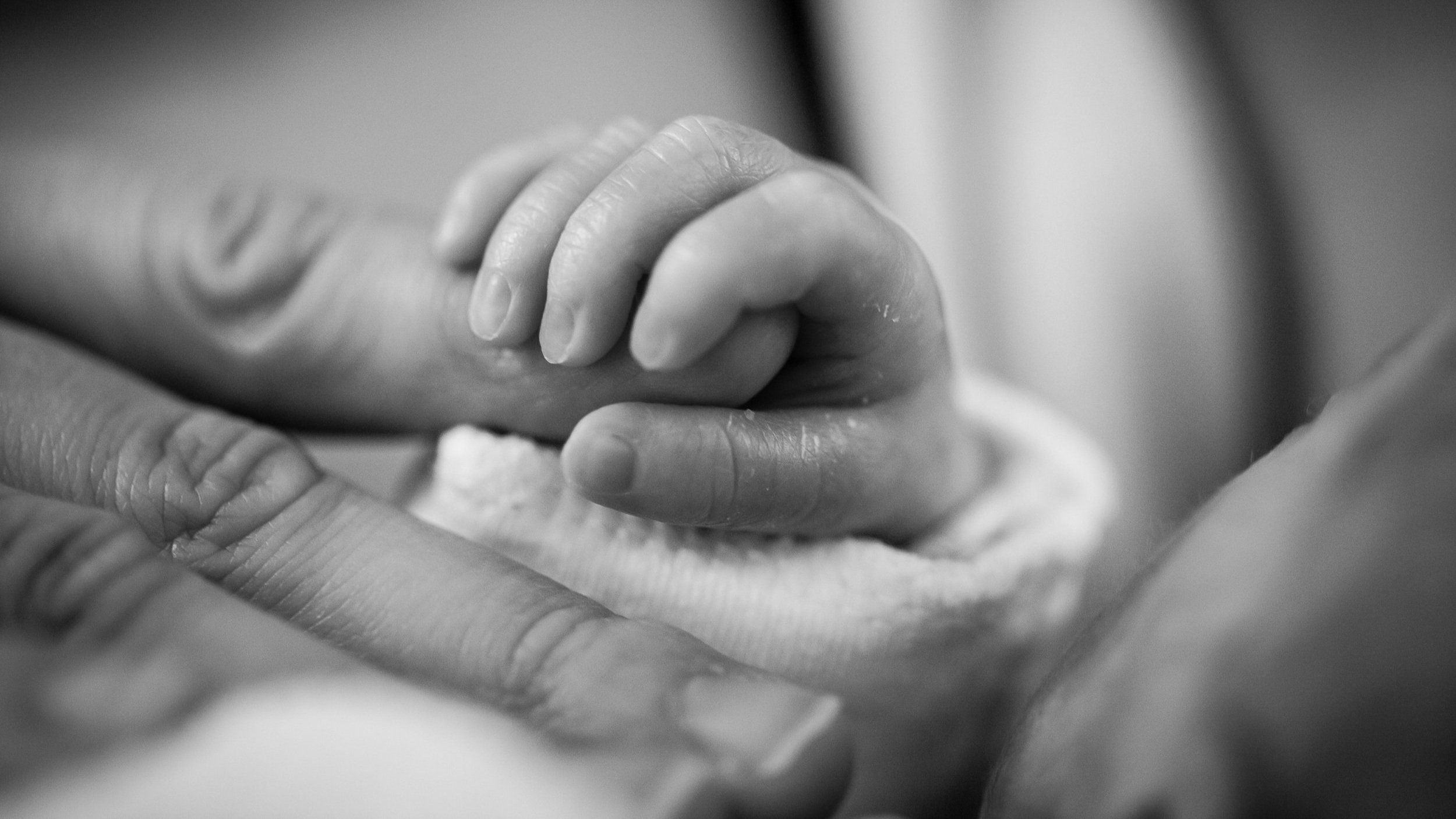As Above So Below
Embedded in the words we use to describe ourselves, we are divided. We refer to ourselves with words and phrases that betray that we often feel fractured and at odds with ourself. Often we are conflicted and have difficulty staying in touch with that reality of being which abides in patience, wisdom, love and compassion. Many refer to this inner state as the soul and even though there may be a strongly held belief that it is the “true-self” there is yet a sense that it is a apart from us and at times remote. For many, this represents a painful failing of one’s own character, spiritual beliefs and sincere commitments. For many years I have struggled with my own sense of being divided into various aspects, some noble and altruistic, some selfish and mean spirited with plenty of tendencies between these two extremes.
Here are examples of terms we use to refer to these different sides of ourselves:
My higher self
I am my own worst enemy
My better half
One part of me wants…
The devil in me
My alter ego
On the inside I am …
My logical self
The angels of my better nature
My shadow side
’God has given you one face, and you make yourself another.’ From Hamlet
What is our definition of “soul”?
There are many but I find the idea that the soul is consciousness and as such it is everywhere equally present the one that rings the truest for me. In other words, the soul is Being and an aspect of life itself. It unites all of the various expressions of life’s creation into a unified Presence and yet, within that unity, exists as an individuated expression. So where does this leave all of these other inner voices? The one’s that we refer to as the personality-ego?
Consider the idea that there is only one mind, one consciousness, one soul. We are not in truth fragmented like a broken mirror but because we can reflect on our experience, we can also judge the experience and our self as the doer or actor. Consciousness may be a continuum that ranges from being unconscious to being fully awake.
Our thoughts are not aspects of consciousness or ourselves. Thoughts are forms with which we at times identify, and in so doing mistake them for being who we are. The emotions are only the agitated ripples of thought, some pleasant and some not so. They arise as a reaction of having identified with a particular thought. We are what we think then we become what we feel.
It takes practice and persistence, but we can take this view of ourselves as constituting one Mind and work to eliminate thoughts that affirm the view that we are separate and stand apart from our basic oneness with creation. When we realize that there is no ego-self to answer to and there is only our innately pure, unified mind or awareness, many things can start to shift, beginning with letting go of judgement and freedom from guilt. These are only thoughts anyway and we do not own them, and we certainly need not be owned by them.
What is it that stands in the way of happiness and spiritual fulfillment?
Is it not having enough of this or that? Is it having too much of something else? We externalize our search for happiness and rely on outer circumstances to provide satisfaction, security and self-worth. When we turn inward in meditation, back to that which abides as the true nature of life and being, we experience a basic fact. We do not need anything added to us to make us more whole, happy, more creative, or more powerful. This is because at the center of consciousness is infinite Love-Wisdom and we partake of that Presence along with everyone and everything else.
To adopt this view and to experience this reality which is always shining through and around us we need to make a shift in our understanding and in our practice of life. I often refer to this fundamental reality as the Radiant Presence and begin by feeling it like a great spiritual sun that lies behind the appearance of all that exists. It is the basic “ground” from which everything arises and becomes an experience, a condition, or set of circumstances. With this view we understand that everything that exists in the world partakes of the same nature of reality. In other words, we are an individuated expression of the Radiant Presence and the experiences we create reflect our thoughts and beliefs. This idea may bring up some difficult challenges. It conveys the notion that we are responsible for our lives and how we react or respond to so-called outer circumstances.
Once we accept that the world is a manifestation of mind-energy we come to realize that what shapes it is thought, our thoughts. Most people do not think of themselves as the creator of their circumstances and they spend most of their lives dealing with outer circumstances. Think about a time you felt stuck in a particular circumstance or behavior. Perhaps you were unhappy with your job or career, maybe you wanted to move to a different city or climate or maybe you wanted to adopt a healthier lifestyle. So how did that change came about? First you had an idea (vision) and that became a series of thoughts about how to make the change and what may happen as a result. Eventually, you were able to “see” the reality of it taking shape in your mind and you moved into that new reality. We all have the same capacity to create our experience. It comes from the Radiant Presence of life itself and we are a part of that creative impulse which drives all things. What if we were to “see” the vision of ourselves as being in fact the Conscious Soul Incarnate and move into this new reality?









The Dalai Lama is a tremendous inspiration for upliftment during troubling times, periods of distress and uncertainty. We offer here a short compilation of quotes on Peace from HH Dalai Lama. Please enjoy!